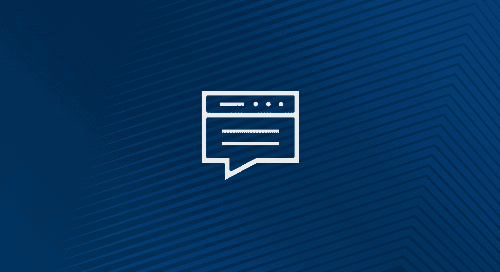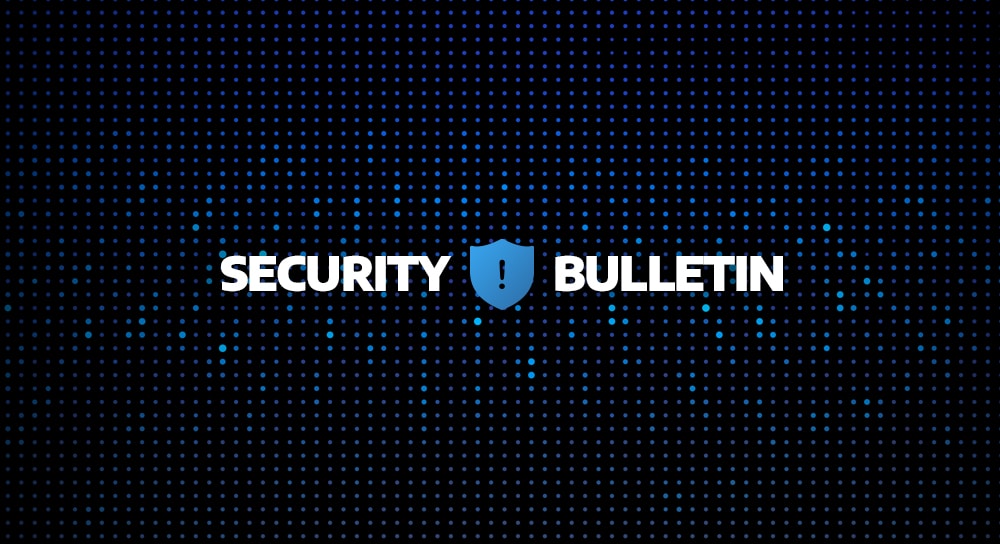As the COVID-19 pandemic continues to develop, many employers are transitioning their teams to work from home. Although this is a safe and reasonable action to take, it’s also creating a variety of obstacles.
We understand this trying situation, which is why we’re here 24×7 to help secure your entire organization with SOC-as-a-service.
In general, Cybersecurity poses a daunting business challenge not only for giant corporations, but for small and midsize enterprises (SMEs) as well. That’s why—no matter how you leverage one—a security operations center (SOC) is crucial to your operations to address the escalating cybersecurity challenges of today.
What is a SOC?
A SOC is a centralized collection of security-focused people, processes, and technology that provides the comprehensive cybersecurity that all organizations now need. This includes end-to-end security responsibilities ranging from vulnerability management and risk mitigation to threat monitoring, investigation, and response.
A SOC is the command center for your organization’s security. It provides complete visibility into your security posture across the enterprise in real-time, 24 hours a day. It lets you know who logs into your systems, scans for known threats, and manages the security health of endpoints.
Because your systems are so entwined and so much of your business depends on technology, it’s important to have a single resource you can trust for ensuring your cybersecurity. Compared to a typical IT team that approaches cybersecurity as yet one more task, a SOC includes skilled security experts and provides the advanced prevention and response needed to meet today’s threats.
What are the Core Components of a SOC?
1. People
A SOC is made up of security analysts and incident responders who are trained to perform threat prevention, detection, and response. Because they are trained specifically in this realm, a dedicated SOC team helps organizations make the most out of their security tool investments.
Your SOC team will have a variety of team members who specialize in different aspects of cybersecurity. Their knowledge and experience helps them understand your unique risks.
Roles may include security operators, security analysts, security researchers, incident responders, forensic investigators, and compliance auditors.

2. Process
A SOC also defines the operational workflows involved in threat prevention, detection, and response. A large part of this includes conducting ongoing security training to ensure the team has the latest knowledge and skills needed to respond to threats, in addition to training all employees on how they can do their part to prevent data breaches from phishing attacks and other common threats they may encounter.
Other SOC processes include creating a systematic approach for threat hunting and investigation, trouble ticketing, incident response, and threat intelligence. Should a breach occur, the highest levels of an organization must know their roles in terms of conducting a response to ensure that it is swift and mitigates further damage.
3. Technology
A SOC relies on a variety of advanced security tools for log aggregation, correlation, and analysis. In utilizes machine learning and artificial intelligence. These tools give the team the ability to monitor the security of the entire operation’s network infrastructure and systems for a holistic understanding of its greater security posture. With every event logged, the SOC team can better identify the point of origin for attacks, track its movement, and better determine the appropriate response.

What Does a SOC Provide?
Real-Time Threat Detection And Response.
The SOC uses security tools and expertise to identify threats and breaches as soon as they occur, enabling your team to quickly determine the best response. This helps you resolve incidents faster while reducing any possible damage to your organization.
24×7 Monitoring And Log Correlation
Cybercriminals don’t keep office hours. As a result, SOC tools help you continuously monitor malicious activity from both inside and outside the organization at all times so teams can immediately leap into action.
360-Degree Unified Visibility
A breach in one part of your network can quickly spread laterally to other systems. Your SOC provides complete, centralized visibility into your security posture so you can respond to threats wherever they occur.
Vulnerability Management, Identification, and Investigation
Your SOC doesn’t just wait for a breach to happen. Your staff and tools proactively comb the network to look for weaknesses or hidden threats that need to be fixed before they become a bigger issue.
An organization’s inability to address all of these security pillars risks compromising its capacity to protect itself against a wide variety of cyberattacks, including malware, ransomware, botnets, and phishing. These attacks are designed to exploit any weakness in your defenses, your hardware, and even your users, and present a constantly shifting target of threats. Only a SOC can provide the dedicated security expertise and resources to keep up with new and increasingly sophisticated threats.
What are SOC Best Practices?
While your SOC should be customized to the unique needs of your organization, here are a few best practices to keep in mind:
Expand Your Scope
Don’t limit your SOC’s mandate to your network. As more of your enterprise becomes digital, your SOC needs to monitor any threats that come in through mobile devices, BYOD policies, cloud services, IoT devices, and more.
Collect More Data
Your SOC lives and dies by the data it collects. By collecting more data from more sources across the enterprise, your SOC will have the visibility and context it needs to prioritize responses.
Dig Deeper
Today’s most sophisticated attacks can be subtle and difficult to detect. Make sure you have the necessary skillsets and tools to conduct advanced data analysis, which lets your SOC create intelligent response plans.
Automate What You Can
The sheer scale of operations and the need for real-time, 24/7 monitoring means your human staff can’t do everything themselves. Automated tools can help prevent, detect, and analyze threats at scale so your staff can spend their time focusing on strategy and response.

Equipping a SOC
Companies, including small to midsize enterprises, often struggle to acquire the resources necessary to build, manage, and scale a SOC. This is partly because of the scarcity of cybersecurity expertise that has driven up the cost of locating and retaining analyst talent.
The dearth of security expertise notwithstanding, a SOC also requires a security information and event management (SIEM) system—which is extremely costly and complex in its own right—as well as intrusion detection tools, workflow tools, threat intelligence subscriptions, and more to “feed” the SIEM with critical security data.
A SOC-as-a-service from Arctic Wolf can help you overcome the costs, implementation time, and complexity of managing your own SOC. Arctic Wolf’s SOC-as-a-service offers 24×7 security monitoring of all your resources, backed by expert security engineers who work around the clock as an extension of your team to detect and respond to threats when needed.
For more information, download the Definitive Guide to SOC-as-a-Service to learn more about how you can leverage this critical security resource to protect yourself against today’s cyberthreats.






